A blog reader has sent me pictures of a cigaret case from 1909, which bears an encrypted inscription. Can a reader decipher this cryptogram?
Since I started writing this blog, I have reported on encrypted inscriptions on buildings, memorials, gravestones, altars, weapons, mugs, coins, medals and much more.
The cigaret case mystery
Today I can add a cigaret case to my collection. Here it is:
This picture was provided to me a by a blog reader from Germany. When opened, the case looks like this:
As can be seen, there are four encrypted lines on the right half of the case. Here’s a closer shot:
The cryptogram is dated December 24, 1909. Presumably, it was a Christmas present. The way the date is written (dd.mm.yyyy) is typical German. The owner, who inherited this case from his father (it has been in family possession for generations), provided me the following information:
- The family mainly stems from Thuringia (Thüringen).
- The family has always spoken German.
- The symbol on the frontside of the case depicts the letters AS. These are the initials of the first owner.
- A stamp indicates that the case was made of 800 silver. The stamp represents a “Reichssilberstempel” with a crescent and a crown, as used in Germany at that time.
Codebreaking approaches
Here’s a transcription of the cryptogram the owner provided me:
This encryption looks like a simple MASC (monoalphabetic substitution cipher). The dots probably are word separators.
Cryptograms of this kind are usually easy to break. However, this one appears to be a little more tricky. For instance, let’s look at the first word (“shwshl”). If I use CrypTool 2 to search for a German word with this pattern I don’t get a single result (CrypTool 2 uses a German dictionary file containing over 300,000 entries). If I switch to English I get some 15 words, but none of them makes much sense:
The first word of the last line (“hh/”) is unusual, too. Words with this pattern (112) are extremely rare in both German and English. I can’t believe that such a dedication contains the word AAL (eal) or AAS (carrion). Is this cryptogram based on a language other than German or English? If you have a clue please let me know.
Follow @KlausSchmeh
Further reading: The Top 50 unsolved encrypted messages: 37. The Shugborough inscription
Linkedin: https://www.linkedin.com/groups/13501820
Facebook: https://www.facebook.com/groups/763282653806483/

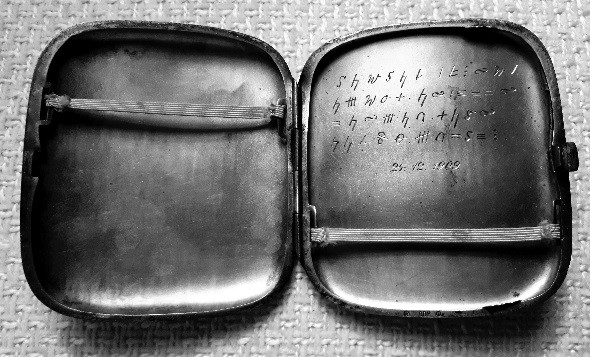
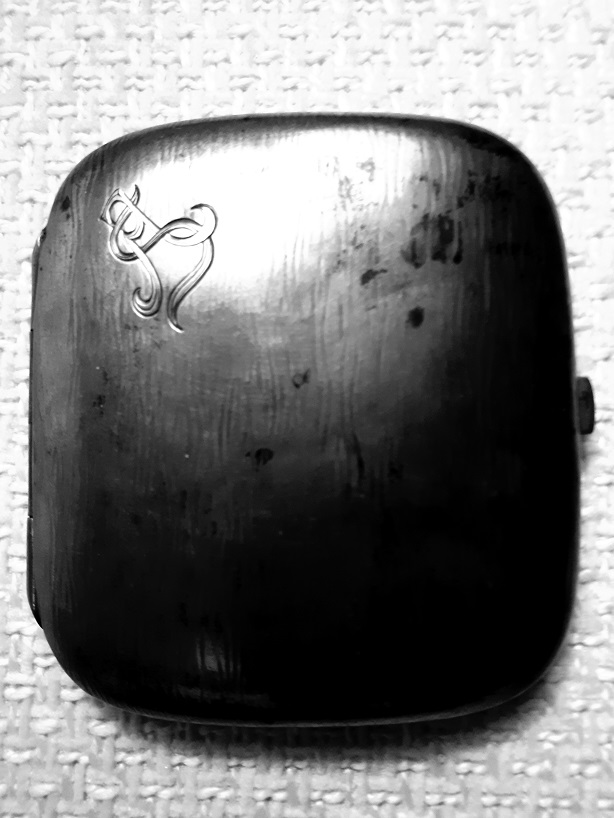
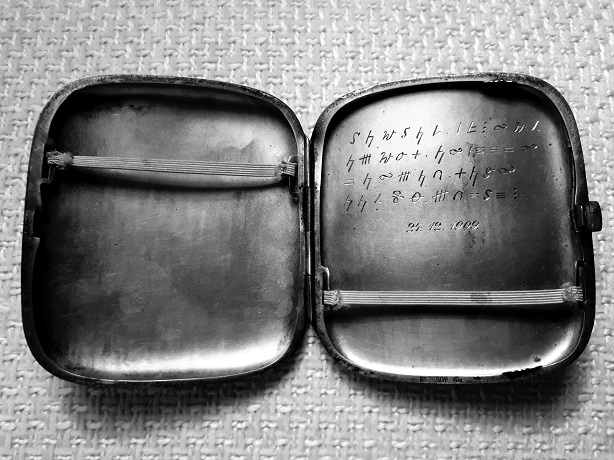
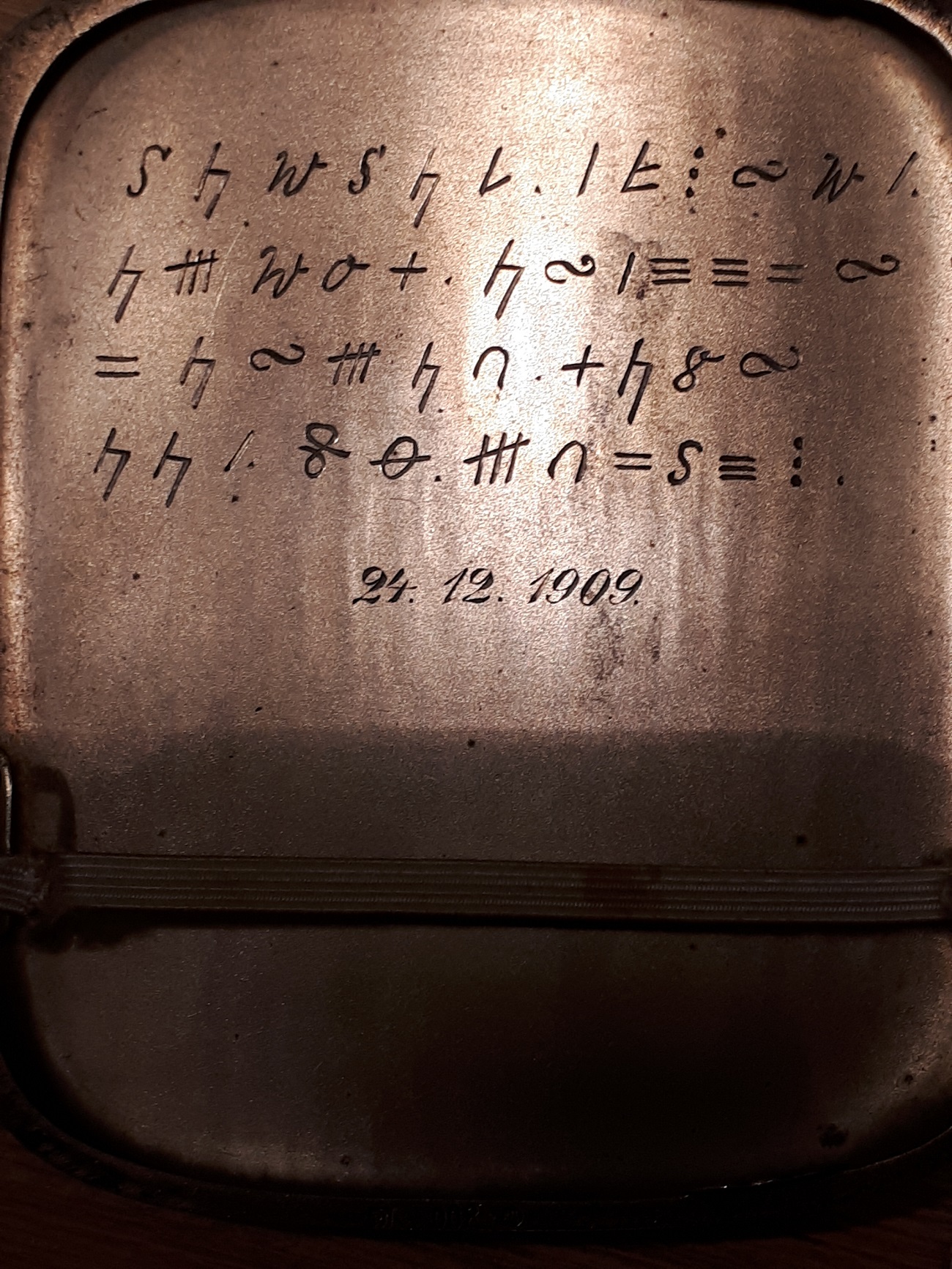
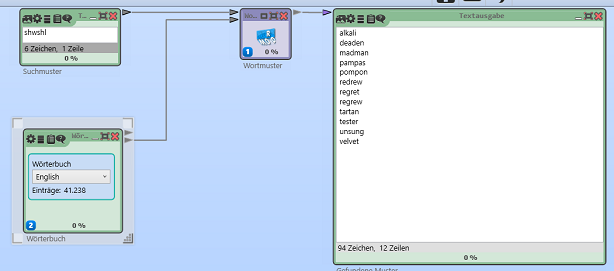

Kommentare (42)